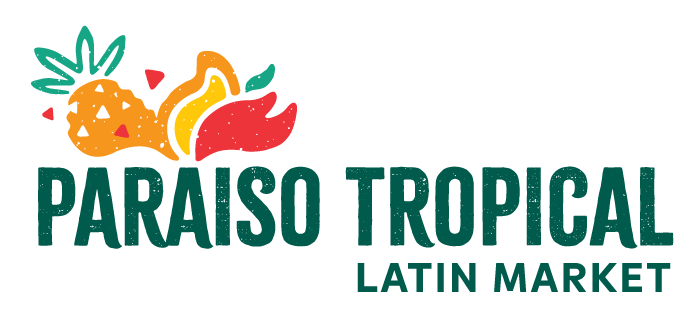A traditional Peruvian beef stir-fry

Photo: Kristina de Guzman
Have you had a chance yet to try the only Peruvian item on Paraiso Tropical Latin Market’s menu: lomo saltado? In late September, we added this dish (which literally means “jumped loin” in Spanish, but for culinary purposes, it means “sautéed or stir-fried loin”) to Paraiso North’s kitchen menu.
There are several variations on how to make this dish, but generally, it consists of marinated strips of beef sirloin, tenderloin, or other beef steak, onions and tomatoes, and is typically served with a side of rice, French fries, and/or potatoes.
The dish’s name may have come from the idea of jumping or tossing the ingredients around via the stir-fry method.
Marinate the meat first
“[Lomo saltado] is a Peruvian dish. It consists of beef loin with cumin, pepper, salt, a bit of vinegar,” María Flores, who has been working as a cook at Paraiso North for the past five years, shares her version of the dish. “You marinate the meat a day before [you cook it] or you can marinate [the meat] on the same day that you cook [it].”
Flores then sets the marinated meat aside and preps the vegetables. She chops onions and tomatoes, and very finely slices ají amarillo (Peruvian yellow child pepper).
“But you can also use the [paste],” she adds, grabbing a small jar of the ají amarillo paste – a very popular ingredient in Peruvian recipes.
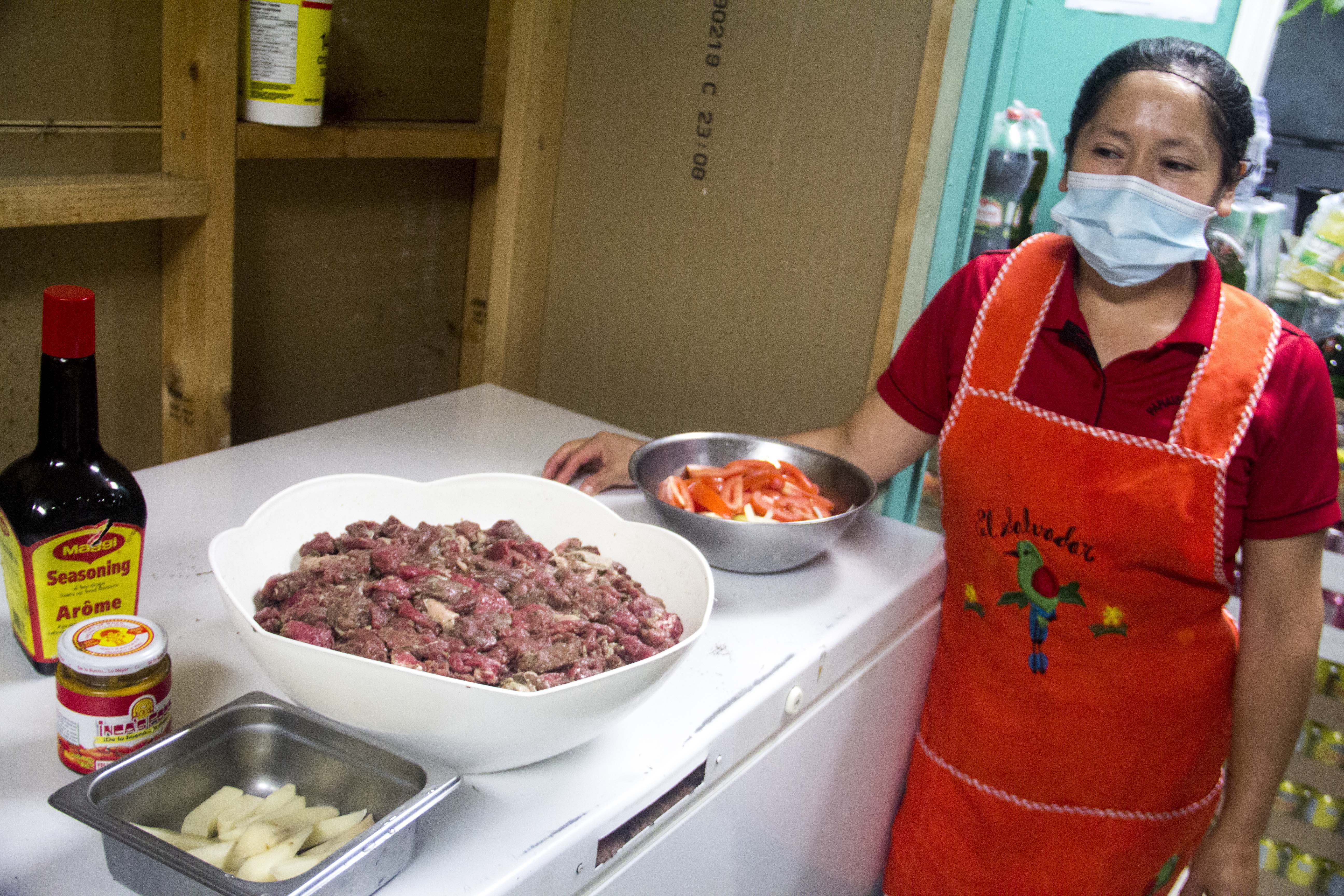
Photo: Kristina de Guzman
Time to cook
Once the meat has been marinated and the onions and tomatoes have been chopped, the process turns over to the oven.
“You put the meat with a little bit of oil into the pan and fry the meat,” Flores continues. “You have to wait for the meat juices to comes out.
“Then, when the meat is already cooked with enough juices coming out, you throw in the onions and then from there, the tomatoes. You can make it to your taste – for example, you can make the onion crispy or not as crispy.”
Sometimes, Flores adds a portion of white rice and some fries and tops the dish with a bit of parsley for a decorative touch.
And voilà! If you prefer to make lomo saltado at home, you can!
“It’s easy to prepare,” says Flores.
A popular dish in Peru
Lomo saltado is so widely known in Peru, that not only can it be found in Lima, known as one of the culinary capitals of the world, the dish is often found in most other restaurant menus in other regions as well.
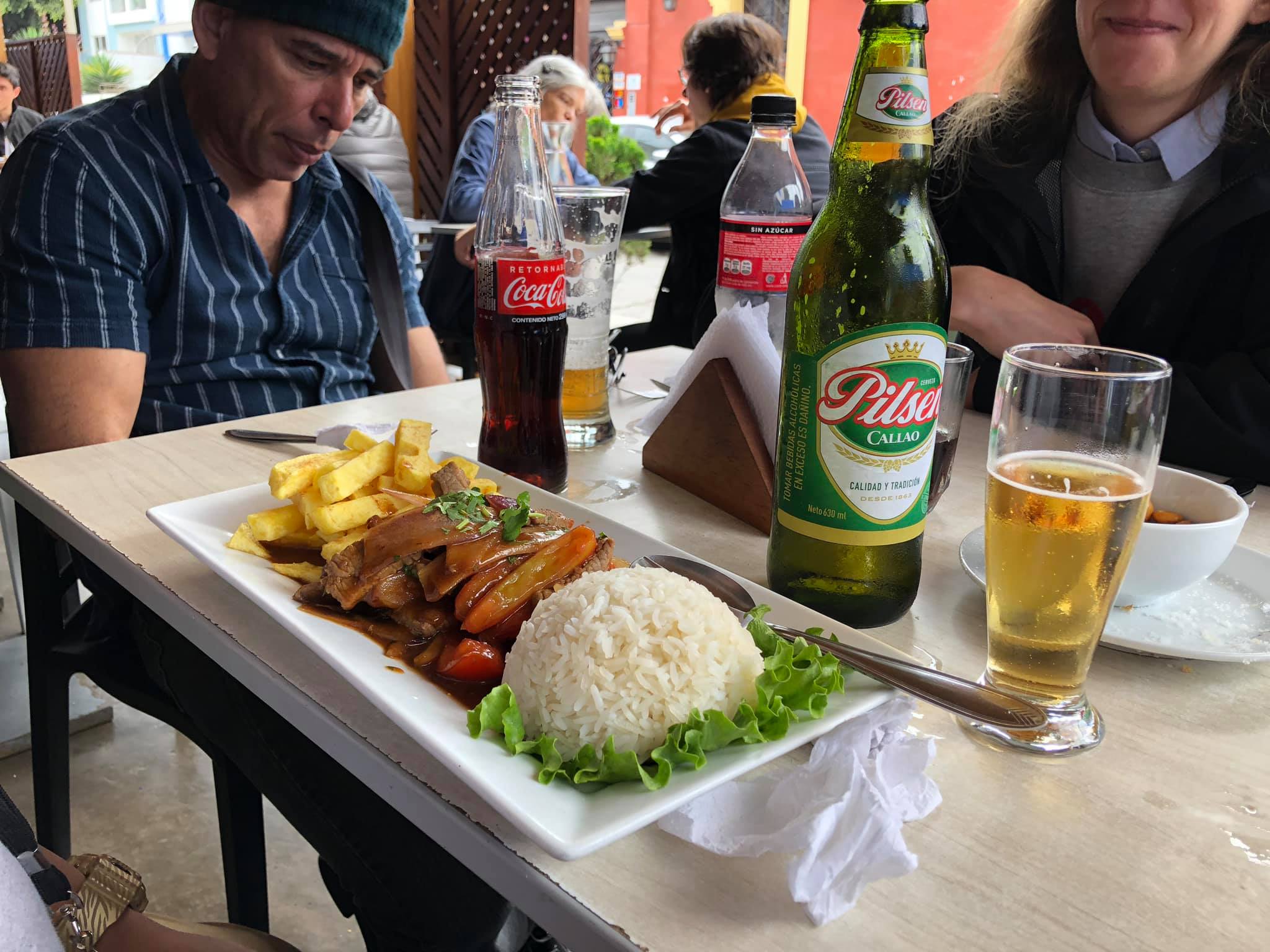
Photo: Linda Ozromano
Meanwhile, in Edmonton, this traditional Peruvian meal isn’t such an easy find. In fact, prior to the fall of 2019 when a couple of friends and I visited Peru for three weeks, I had never come across lomo saltado. This is partly why I was personally so excited to hear that the dish was added to Paraiso’s kitchen menu.
Some further research reveals that there may be only two other places that currently serve it within the city. Azucar Taco House, in northeast Edmonton, offers not only a main lomo saltado dish, it also serves lomo saltado tacos. On the other side of the city, on 99 Street & 39 Avenue (a.k.a. Edmonton’s Little India/Koreatown), La Boca Loca began serving food from Peru & Chile in December 2018, including dishes like lomo saltado.
Peruvian food fusion
For folks who don’t know much about Peruvian cuisine, it may come as a surprise that food fusion is very much ingrained thanks to Peru’s multicultural history and reality, consisting of Indigenous, Spanish, European, African and Chinese migration and settlement. In fact, it wasn’t long before I learned about comida chifa (Peruvian Chinese food) during my visit to Peru. Comida chifa includes dishes such as arroz chaufa (the Peruvian version of Chinese fried rice) and – while it’s up for debate – some people and restaurants consider lomo saltado to be a Chinese-influenced beef stir-fry dish.
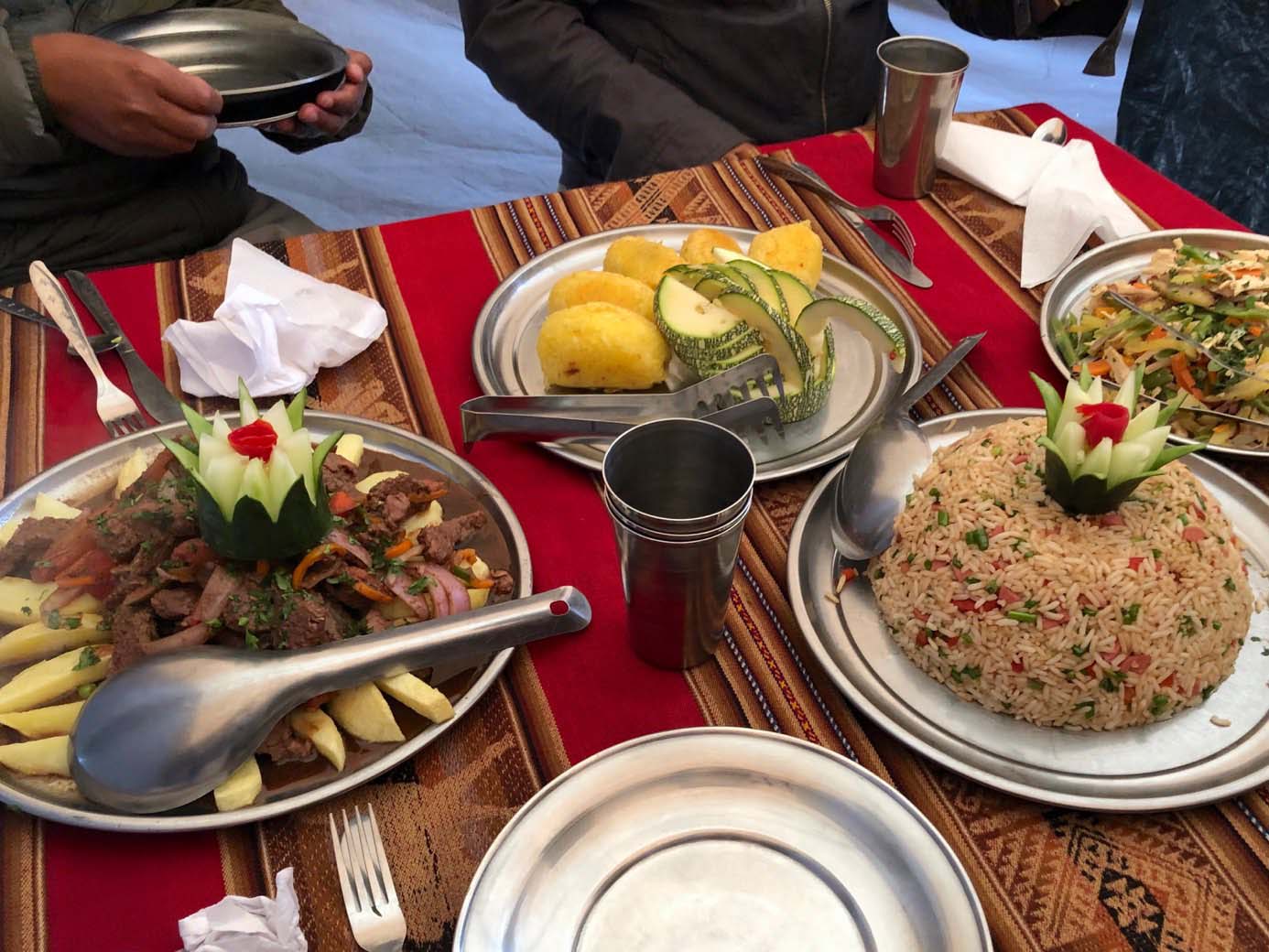
Photo: Linda Ozromano
Comida chifa is an extremely popular cuisine and can be found everywhere. It is in comida chifa that one also learns about how various cultures in Peru tend to blend to form something seen as uniquely Peruvian, as opposed to remaining segregated or simply assimilating “melting pot style” into one particular culture. Peruvians took what was traditionally Chinese and made it their own by adding native ingredients while adopting foreign cooking methods or ingredients, such as stir-frying and rice.
According to Flores, however, lomo saltado is from Peru and she doesn’t consider it to be comida chifa.
“I always ate [lomo saltado] in Peru. Me and my family used to prepare it,” she shares.
“That’s tallarín saltado (Peruvian stir-fried noodles) that is from China,” she offers before being reminded that she’s forgotten to mention another ingredient to her lomo saltado.
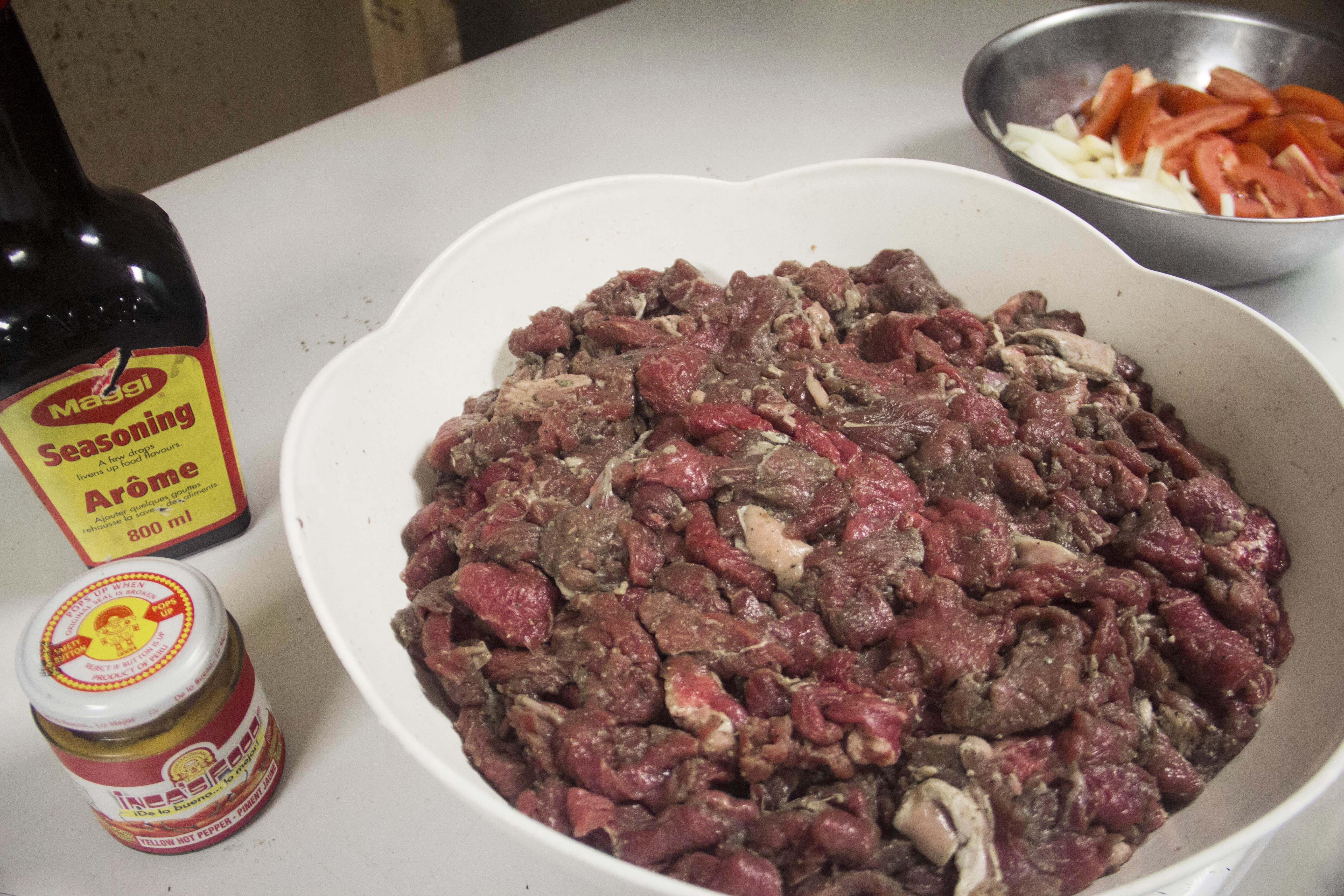
Photo: Kristina de Guzman
“Ah, also, you can add a bit of sillao (soy sauce] in there after you add the onions and tomatoes.”
Sillao is based off of the name for “soy sauce” in China (siyao in Cantonese) and used in many Chinese-influenced Peruvian soups and meats. For her lomo saltado recipe, Flores uses Maggi seasoning sauce.
“This is what gives [the dish] the colour and flavour as well.”
Flavour profile
Thanks to a friend who ordered it, I got to try lomo saltado early on in our Peruvian trip. A delicious dish it is! I found that the dish from the restaurant we ordered it from in Huacachina (southwestern Peru) had some vague similarities to Canadian ginger beef and Filipino beef tapa with its soy sauce flavour.

Photo: Kristina de Guzman
Paraiso’s version has a lighter, more subtle taste, but is just as flavourful! The ají amarillo definitely gives the dish a slight kick without making it too spicy.
By the way, Chinese New Year is coming up soon, beginning on February 12th – so what better time to give lomo saltado a try?
Curious to try lomo saltado? Come visit us at Paraiso North!
It’s best to give us a call in advance just to make sure we have it on our menu for the day. Normally, just the meat is available on weekdays. On weekends, you can order lomo saltado as a full dish with rice and potatoes.
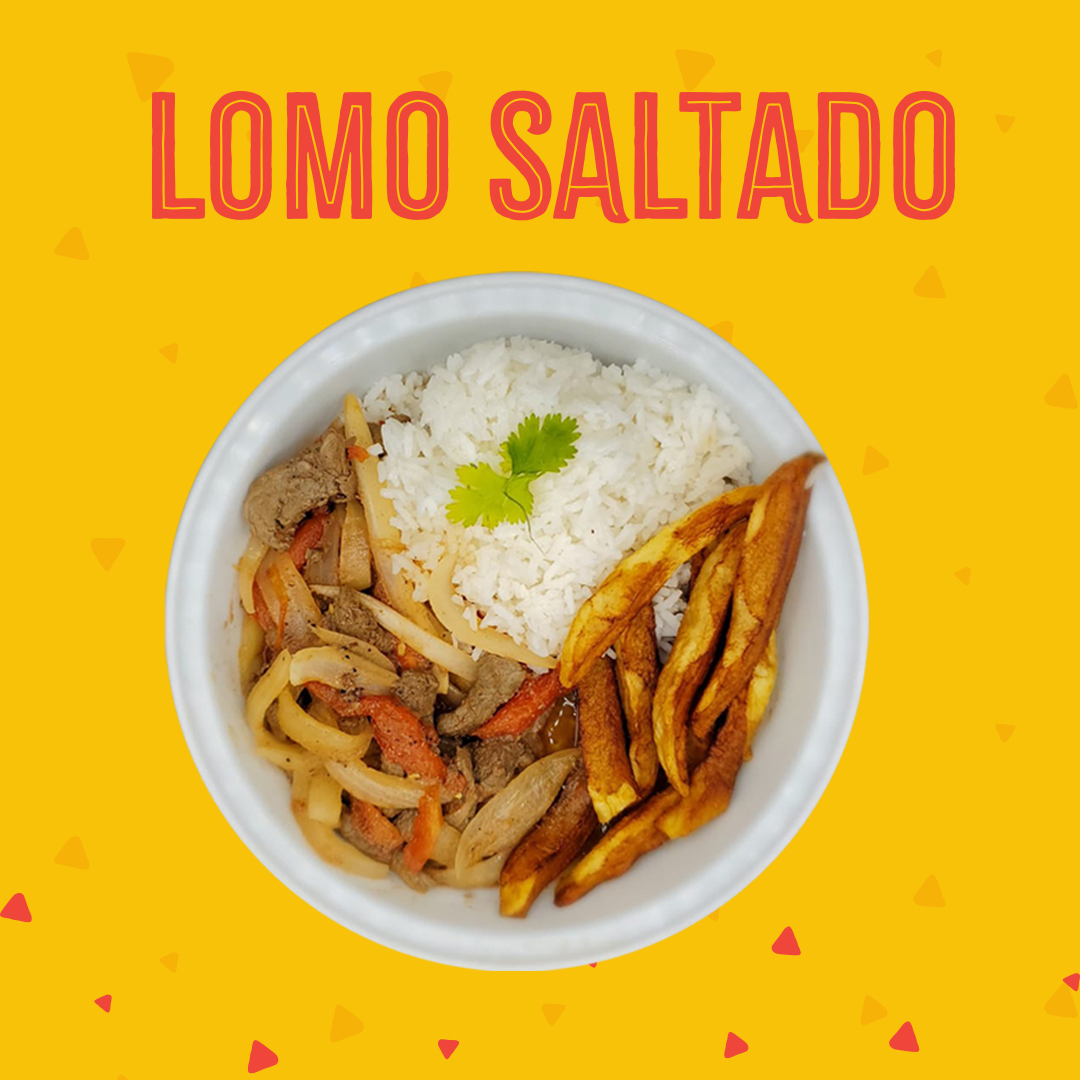
Photo: Paraiso Tropical team; Graphic: Gelopolis
Paraiso Tropical – Northside
9136-118 Avenue NW, Edmonton, AB
Mondays to Saturdays: 9:30am-7:00pm
Sundays: 11:00am-4:00pm
780.479.6000
